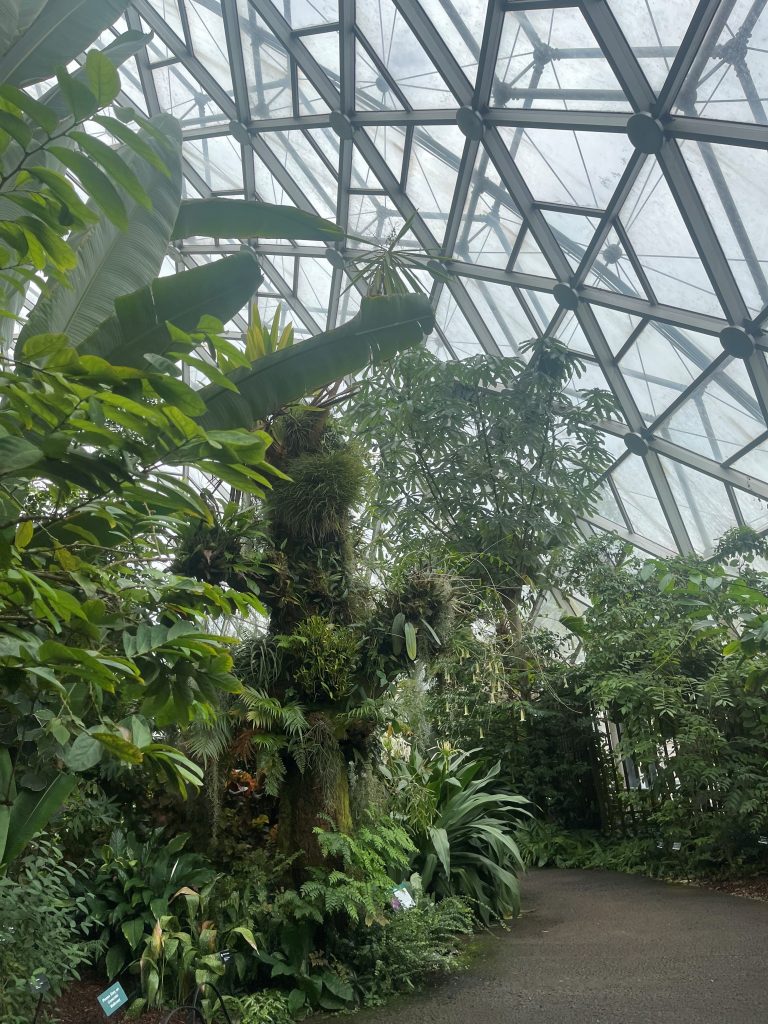Evitt Nashed
April 10th, 2024
Our Final Lab for Codes 122 was a conducted survey that was sent out to the public and MOBOT researchers to get a more thorough understanding of our wicked problem. My group’s survey was about the lack of knowledge within the MOBOT about indigenous knowledge. We decided to ask a series of questions in our survey about indigenous knowledge in the MOBOT and what we would get as a result to help us resolve this wicked problem. We only got 7 responses to our survey, which was less than we thought but was better than nothing! The people who participated in our survey ranged from research and department leaders to graduate students, scientists, and even librarians.
One of our questions was, “What does indigenous knowledge mean to you?” A couple of people responded with traditional and environmental knowledge used for their benefit. Another answer we got was Any specialized environmental knowledge from a local group. They also gave us examples like Indigenous folks, organic gardeners, and craftworkers. We also had two responses about Robin Wall Kimmerer’s work and book about correlations of “native” and “Western” taxonomies: even Sacajawea’s role in the Lewis and Clark Voyage of Discovery.
Another question in our survey was how we can implement indigenous knowledge into the gardens. We got good answers about implementing research they conducted in the Madagascar Program. Another way we can incorporate indigenous knowledge is through exhibits, and also continuing to incorporate this into Western scientific research from the garden. Mostly, all researchers claimed that indigenous knowledge should be implemented everywhere in the MOBOT.

One of our last questions was about how indigenous knowledge should be showcased. These survey takers thought that museum exhibits and signs in the garden were good examples of showcasing indigenous knowledge. Other examples could be tours or guest speakers talking about the use of indigenous knowledge. A linkage I found within all these answers for this specific question is that all of them preferred signage as a good way to spread the word about indigenous knowledge. Signage is the design or use of signs to get a message to the public.

This survey overall helped us fill in the gaps and missing pieces of what we wanted to know about indigenous knowledge. Our surveys also helped to raise awareness about indigenous knowledge and why it should be implemented in the Gardens. Indigenous knowledge can give us insights into how these certain people lived and survived with only their natural resources. We can use this information to make MOBOT a less Westernized facility.
Even though we got good responses to our survey, MOBOT still has qualitative challenges and problems that are hard to fix. Libraries, databases, and archives can be one example of a challenge the garden faces where the knowledge is broad, but not deep. Another challenge is that it is difficult to get more detailed information from indigenous communities because meaningful and sustained community connections take much time to receive. Many indigenous people do not have the communication resources we have so it takes a good amount of time to get good information.



